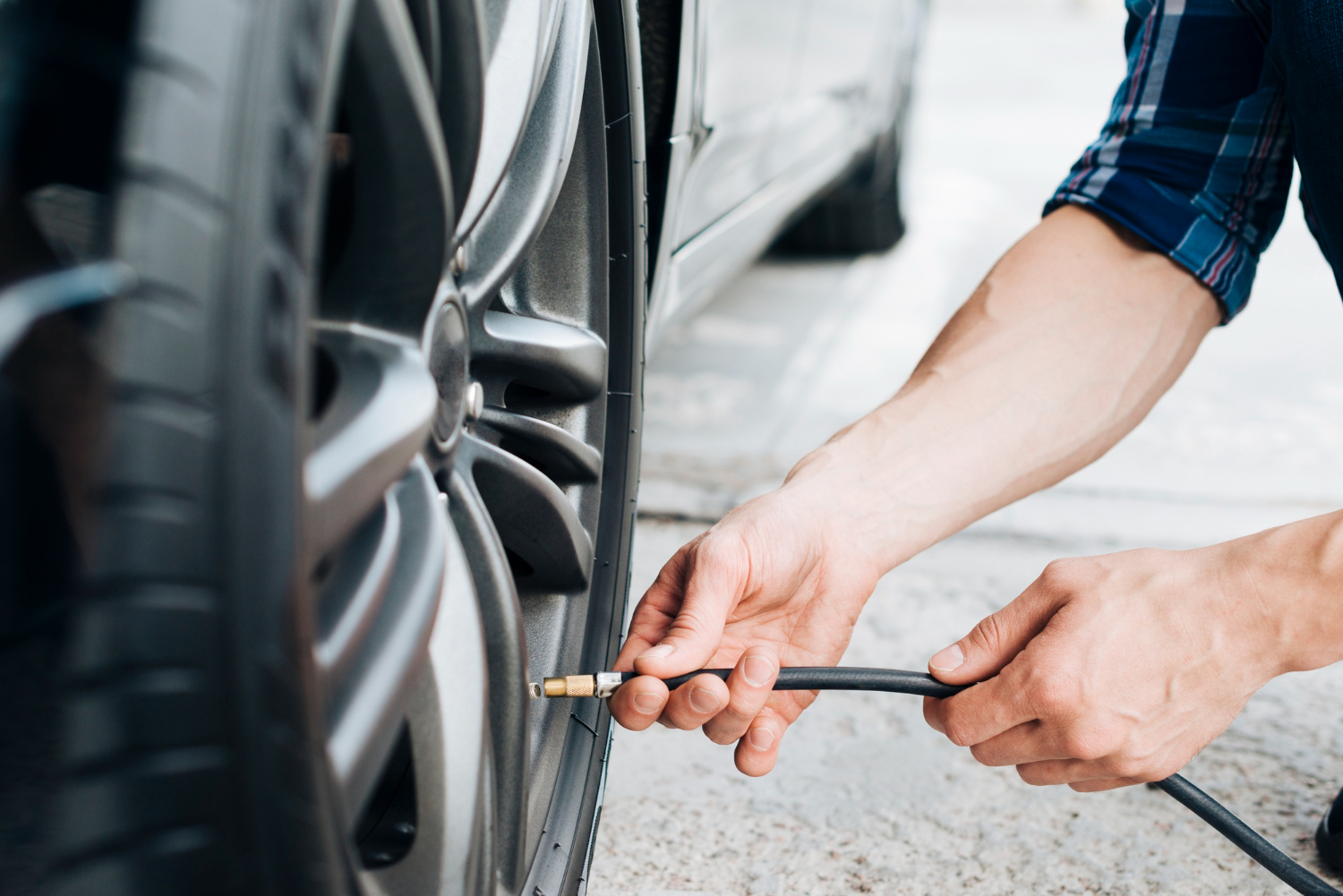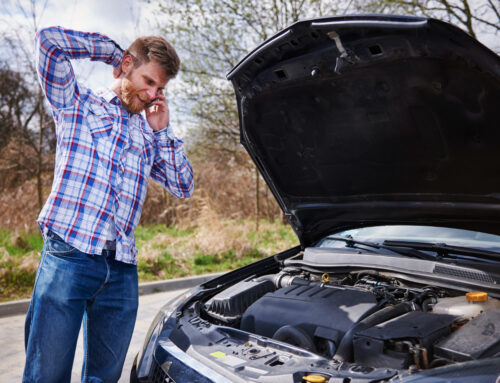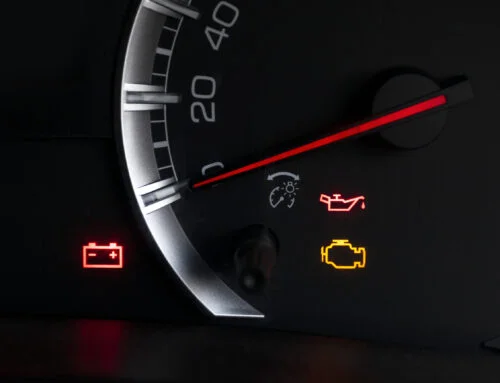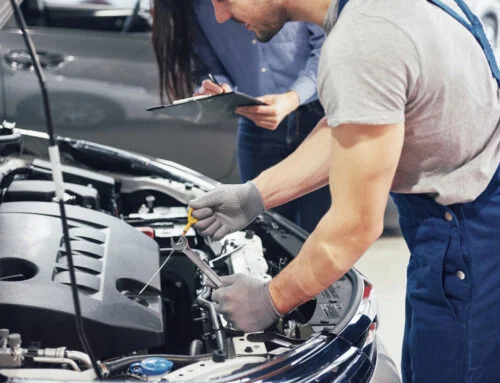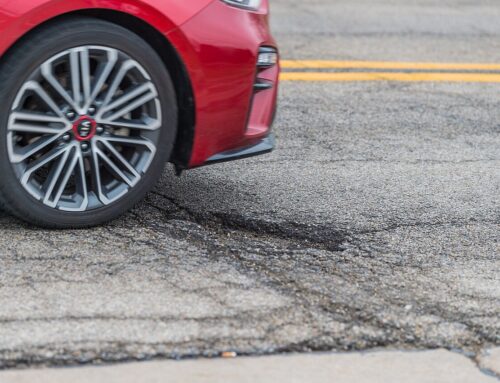Whether you’re commuting through Eagle County or heading into the mountains for a weekend getaway, your tires play a major role in keeping you safe on the road. Worn tread or improperly inflated tires can increase your risk of skidding, blowouts, or getting stranded—especially on Colorado’s high-altitude, winding roads.
At West Vail Towing, we’ve seen just how quickly tire issues can escalate into dangerous situations. Here’s what every driver should know about checking tire tread and tire pressure before—and during—any road trip.
Why Tire Tread Matters
Tire tread is what gives your tires grip. It helps your vehicle maintain traction, especially in rain, snow, or on rough terrain. As tread wears down, your risk of hydroplaning, sliding on icy roads, or struggling with braking distance increases dramatically.
Here’s how to check your tread:
- Use a tread depth gauge: These inexpensive tools can give you an exact measurement of your tread depth. For optimal performance in wet or snowy conditions, your tires should have noticeably deep grooves—anything shallow may lead to reduced traction and longer stopping distances.
- Look for the built-in wear indicators: These are small raised bars located between the tread grooves. When the tread is level with the indicators, it’s time to replace your tires.
- Inspect for tread-level ridges: Many tires have small rubber bars molded into the tread grooves. If the ridges are flush with the rest of the tread surface, your tires are no longer safe for use and should be replaced promptly.
- Check for uneven wear: Bald spots or worn edges could signal alignment issues or under/overinflation.
If your tread is worn and you’re planning to travel through the Vail Pass or I-70 corridor, it’s safer to replace those tires before hitting the road.
Tire Pressure: A Simple Step That Prevents Major Trouble
Maintaining the correct tire pressure isn’t just about comfort—it’s about control, efficiency, and safety. Overinflated tires can reduce traction and make your ride uncomfortable, while underinflated tires produce excess heat and increase the risk of blowouts.
To get the most accurate pressure reading, check your tires when they’re cold—ideally early in the morning before driving. Use a quality tire pressure gauge instead of relying solely on your dashboard sensors, which may not always be precise. To find the ideal PSI for your tires, check the manufacturer’s recommendation—usually printed on a label located on the inside edge of the driver’s door or listed in your vehicle guidebook.
It’s also important to remember that altitude and temperature can affect tire pressure. Tire pressure tends to drop as temperatures fall—typically by roughly one PSI for every ten-degree decrease. Driving in high-altitude areas like Vail can also impact how your tires perform, so it’s wise to monitor pressure more frequently while traveling through mountainous regions.
Keep Checking During Your Trip
Changes in elevation, temperature, and load weight can cause fluctuations in tire pressure. If you’re driving long distances or crossing through mountain passes, take a few minutes at a gas station or rest stop to check your tire pressure again.
Warning signs of tire trouble on the road include:
- Pulling to one side
- Vibration or thumping
- TPMS light activating
- Visible flattening or bulging
If you notice any of these signs, don’t push through it. Tire failure at high speeds—especially on steep or curvy mountain roads—can be catastrophic.
What to Do If You Get a Flat or Blowout
If tire trouble catches you off guard, pull over safely as far from traffic as possible. Turn on your hazard lights, use reflective triangles if you have them, and avoid trying to change the tire on a steep or narrow shoulder.
Call West Vail Towing at 970-476-3394 for fast, professional roadside assistance in Eagle County. We provide emergency towing, and recovery services—day or night, no matter the weather.
Final Thoughts: Prevention is the Best Protection
Whether you’re heading to Vail, Avon, Edwards, Eagle or embarking on a longer road trip, a quick check of your tire tread and pressure can go a long way in preventing breakdowns. It could save you from a costly roadside emergency or dangerous accident.

